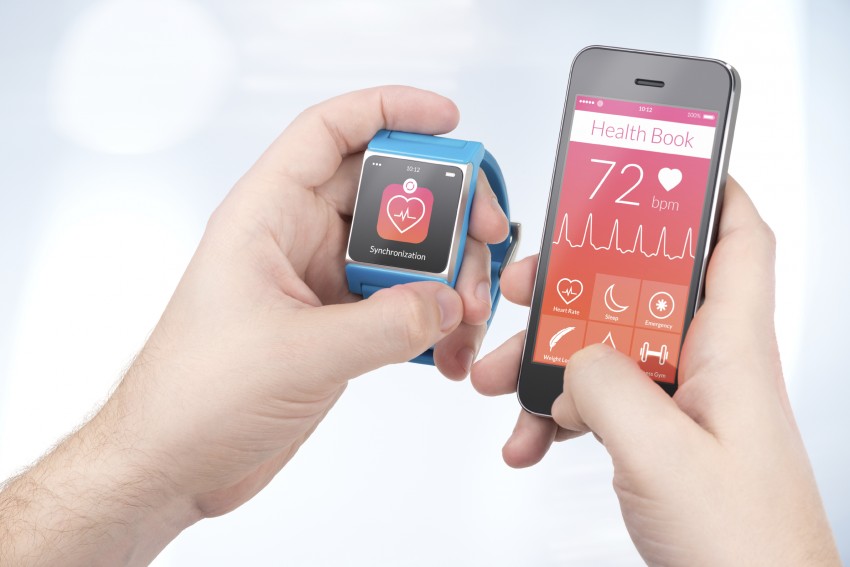March 3, 2015
Ten years ago, if you heard a watch or a bracelet could dramatically improve your health, how would you react?
You’d probably laugh. You might even look a little confused.
In 2015, though, this seemingly far-fetched notion is a reality, one that millions of people worldwide utilize and enjoy on a daily basis.
Wearables, as they are applied in the health and wellness space, are high-tech devices often worn on the wrist or clipped onto a piece of clothing that can monitor a variety of vital signs. You can track your heart rate, how much sleep you’re getting, your blood pressure, and more.
Then, you can take this data and sync it with a smartphone or a computer to create graphs and charts, monitoring your progress and allowing you to see exactly where you can improve.
At Alliance Healthcare Foundation, we’ve found wearables to be incredibly helpful, and many of us in the office use them on a regular basis.
Before you decide if a wearable is right for you, think about where exactly you’d like to focus your fitness tracking. A consultation with your doctor beforehand might help you decide if you should watch your blood pressure, your heart rate, your sleeping habits, etc.
Many of the most popular makers of wearables on the market offer different makes and models to provide the perfect device for any given user, so do your research and decide which would be best for you and your needs.
If your focus is on your weight, you can find a digital scale that will sync wirelessly with a wearable tracker. Using the data and info from your everyday activities (and a quick step on the scale, of course) it can provide your weight, your body mass index (BMI), body fat percentage, and more.
No more calculations and scribbles on notebook paper–this scale will do it all for you in an instant!
If you’ve set a daily goal of 10,000 steps per day, however, you may be less focused on your weight and more focused on your overall fitness and activity level. In this case, you might look for a wearable that clips to your clothing and counts your steps, monitors your sleep, and provides a wide range of data and insight to help you take your health to the next level.
At first, new technologies might seem like novelties or impractical expenses geared only toward those who crave the latest and greatest toys and gadgets.
In our opinion, however, wearables are incredibly practical and useful. There’s a popular business saying that applies perfectly to the world of wearables: “You can’t manage what you don’t measure.”
In today’s hustle-and-bustle lifestyle, a wearable can allow you to focus on your daily to-dos at work and at home, maximizing your efficiency and allowing you to be healthier and happier in the process.
Do you own a wearable? What do you think of it? How has it helped you?
We’d love to hear from you. Leave a comment, and we’ll discuss.

Allaince Healthcare Foundation
NSasaki@AllianceHF.org
About Alliance Healthcare Foundation
Alliance Healthcare Foundation is a San Diego-based nonprofit which works with nonprofit, government and community agencies to advance health and wellness throughout the San Diego and Imperial Counties. AHF works to serve the most vulnerable – the poor, working poor, children and homeless by providing grants, advocacy and education to support its region.
To learn more about AHF visit: AHF on Facebook, AHF on Linkedin, AHF on Google+, AHF on Youtube, AHF on Twitter
To learn more about our grantees visit here: AHF’s Grantee Page
Related News

Jul 5, 2023
2024 Mission Support-open
Open Request for Grant Applications: 2024 Mission Support APPLY HERE […]
Sep 26, 2017
Food Insecurity a Real Problem in San Diego and Imperial Counties
Having just written about obesity fueling the epidemic of prediabetes […]
Aug 30, 2017
Majority of Californians Are Prediabetic or Diabetic: What Do We Do?
According to a 2016 UCLA study, the majority of adults […]

